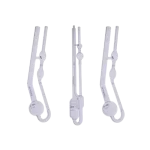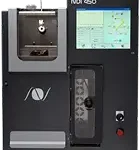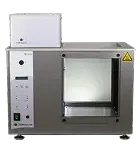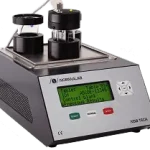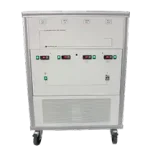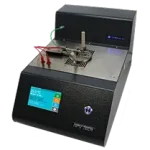This test method covers the determination of the approximate chloride (salts) concentration in crude oil. The range of concentration covered is 0 to 500 mg/kg or 0 to 150 lb/1000 bbl as chloride concentration/volume of crude oil. It measures conductivity in the crude oil due to the presence of common chlorides, such as sodium, calcium, and magnesium. Other conductive materials may also be present in the crude oil.

